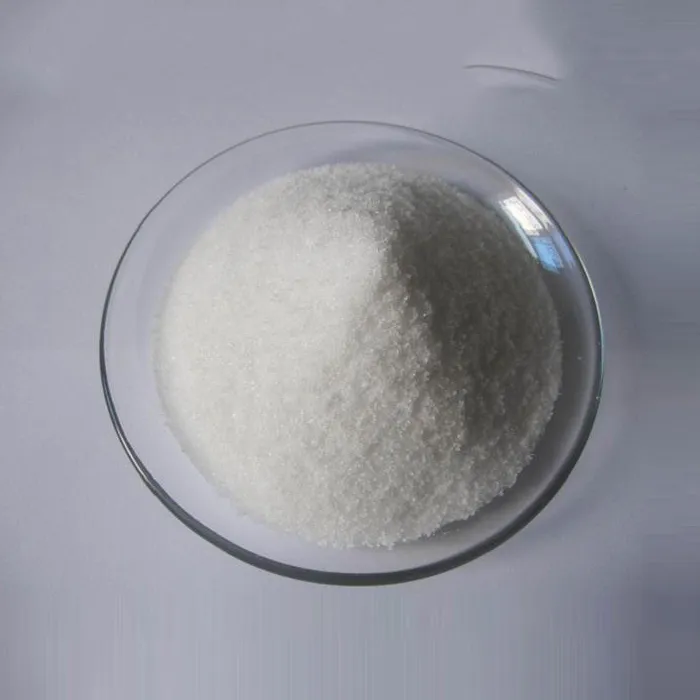Glyceryl Diacetate An Overview
Glyceryl diacetate, a versatile compound derived from glycerol, serves as an important ingredient in various industries, notably in cosmetics, pharmaceuticals, and food products. Its chemical structure, comprising glycerol and acetic acid, lends it unique properties that enhance both the texture and functionality of formulations it is incorporated into. This article explores the properties, applications, and benefits of glyceryl diacetate, showcasing its significance across different sectors.
Chemical Structure and Properties
Glyceryl diacetate, or glycerol diacetate, is the diester formed when two acetic acid molecules react with a glycerol molecule. This reaction results in a compound that retains the hydrophilic characteristics of glycerol while introducing hydrophobic properties from the acetyl groups. The presence of both hydrophilic and hydrophobic components makes glyceryl diacetate a useful emulsifier, solubilizer, and skin conditioning agent.
In its pure form, glyceryl diacetate is a colorless to pale yellow liquid with a sweet, mild odor. It has a relatively low viscosity, allowing for easy incorporation into various formulations. Additionally, it displays good thermal stability, making it suitable for products that require processing at elevated temperatures. Its solubility in both oil and water enhances its versatility, as it can be utilized in oil-based and aqueous formulations alike.
Applications in Cosmetics and Personal Care
In the cosmetic industry, glyceryl diacetate is frequently used in skin care products, hair care formulations, and makeup. Its emollient properties help to soften and smooth the skin, making it an effective ingredient in moisturizers and creams. Moreover, it acts as a humectant, attracting moisture to the skin and preventing transepidermal water loss, which is crucial for maintaining skin hydration.
glyceryl diacetate

Glyceryl diacetate also plays a significant role in hair care products. It helps to improve the spreadability of conditioners and treatments, ensuring that the product is evenly distributed throughout the hair. By forming a protective barrier on the hair shaft, it reduces moisture loss and adds shine while enhancing the overall texture of the hair. Furthermore, its mild and non-irritating nature makes it suitable for formulations intended for sensitive skin or scalps.
Pharmaceutical Uses
The pharmaceutical sector also benefits from glyceryl diacetate's properties. As a solvent and carrier for active ingredients, it enhances the absorption and bioavailability of drugs. It is particularly useful in the formulation of topical medications, where it can aid in the delivery of therapeutic agents through the skin. Additionally, glyceryl diacetate's stability under various conditions allows it to be used in a range of dosage forms, including ointments, creams, and solutions.
Food Industry Applications
In the food industry, glyceryl diacetate is recognized as a food-grade additive that can serve multiple purposes. It is often used as a flavoring agent, imparting a sweet taste without contributing calories, making it popular among manufacturers of low-calorie and sugar-free products. Moreover, its emulsifying properties enable the creation of stable food emulsions, such as dressings, mayonnaise, and sauces, ensuring that ingredients remain uniformly dispersed.
Conclusion
Glyceryl diacetate stands out as a multifunctional ingredient with diverse applications across various industries. Its unique chemical structure allows for compatibility with both oil and water-based formulations, enhancing the performance and stability of products in which it is used. As consumer demand for effective and safe formulations continues to grow, glyceryl diacetate's role in formulating cosmetics, pharmaceuticals, and food products will likely expand. Its beneficial properties and versatility make it a valuable component, contributing to the ongoing innovation in product development. As research advances, further applications and potential benefits of glyceryl diacetate may be uncovered, reinforcing its importance in modern formulation science.

